The Difference between a Brochure and a Pamphlet

estimated reading time: 5 minutes
Are Brochures and Pamphlets the same thing?
Brochures and Pamphlets are two of the most popular ways to
distribute printed content. Because brochures and pamphlets are both
conveniently-sized documents, and often share similar physical characteristics,
many people mistakenly believe these two printed pieces to be the same thing.
Even though referring to a brochure as a pamphlet or referring
to a pamphlet as a brochure rarely causes any serious confusion, it doesn't hurt
to know the key aspects in which these two printed pieces differ. Many of these
differences are subtle, but it is important to be aware of them nonetheless.

Below are 5 ways brochures differ from pamphlets…
1. Intended Purpose -
The intended purpose is perhaps the biggest difference
between a brochure and a pamphlet. The purpose of a brochure is to convey a
promotional message whereas the purpose of a pamphlet is to convey an
informational or educational message.
A brochure is used to showcase an organization and its
offerings in an effort to encourage a positive response from its target
audience. For example, companies use brochures to introduce their products and
services to potential customers in hopes of generating more sales. Charities
use brochures to promote their mission to potential donors with the goal of
raising additional funds. Likewise, professional associations and societies use
brochures to promote the benefits of membership in an effort to acquire new
members.
Whereas the focus of a brochure is on marketing and
promotion, the goal of a pamphlet is to share information and educate. For
example, doctors and hospitals often provide pamphlets to patients to help explain
various medical conditions, surgical procedures, preventative care suggestions,
and other health-related topics. Utility companies, police/fire departments,
and government agencies often use pamphlets to share information about safety
procedures, dealing with emergencies, disaster preparedness, crime prevention
and other topics to ensure members of the community are protected and well informed. Informational
pamphlets are also used by nonprofit organizations, advocacy groups, and political
campaigns to draw attention to various causes and influence public
opinion.
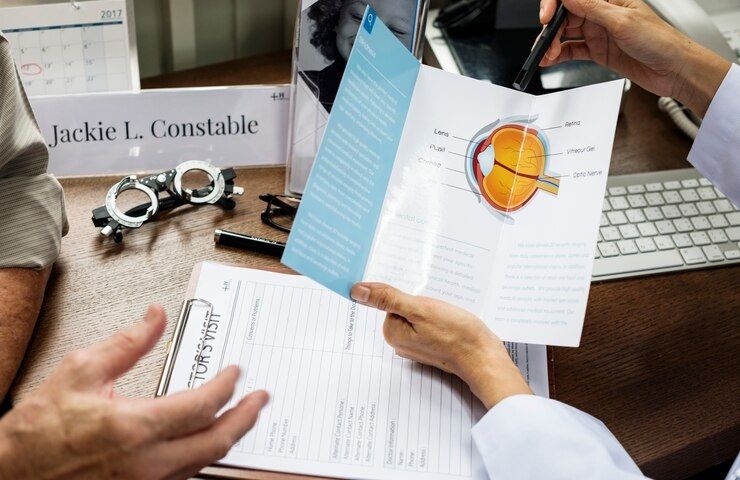
2. Depth of Content -
Pamphlets are almost always limited to a single topic, so
they are generally very brief in scope. By keeping the information very concise
and to the point, the reader is able to focus more intensely on the subject being explained.
Though pamphlets almost always contain a few supporting images or diagrams in
addition to the text, they tend not to overwhelm the reader with excessive visuals.
Hence, the overall design is usually kept very simple and straightforward.
Though some brochures have a simple format like a pamphlet,
most contain a greater amount of content. Brochure content is more elaborate than
a pamphlet because its job is to provide details, reasons, and benefits that
will persuade its intended audience into taking some action, such as making a
purchase, donating to a cause, and so on. Most brochures are also image-heavy,
containing colorful photos that highlight the company, products, services, and events that are being promoted. Also, these documents often include a list of features and
benefits, charts, tables, case studies, testimonials or other supporting data to
help convince the readers of the brochure to take the desired action.
3. Physical Size and Layout -
It's no secret that the suffix "let" means small. True to
the meaning, a "pamphlet" is a small document. Most pamphlets are either a
single sheet of paper folded in half or into thirds, or made as a small 5.5"
x 8.5" or 6" x 9" booklet consisting of a few pages. The physical size of a
pamphlet is kept small to make the piece easier to distribute, handle, and read,
and also to keep the printing cost as low as possible.
Brochures can also be made as small documents with a simple format,
but many are made as a larger size and with a more elaborate design.
Brochures can also have multiple folds, allowing for a wide variety of interesting
configurations. In addition, brochures with extensive content are often created in
booklet form, usually bound with either the saddle-stitch method or the perfect binding method.
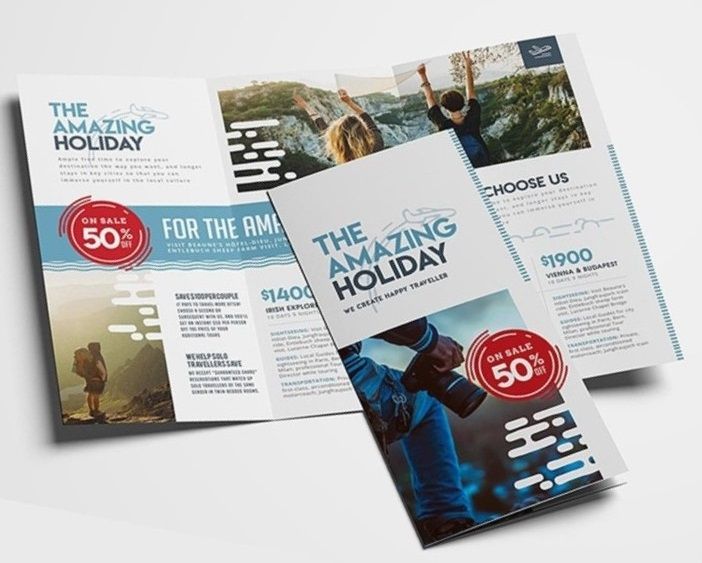
4. Durability and Longevity -
Being that a pamphlet is used primarily for informational purposes, there is a high likelihood it will only be referred to once or possibly twice before it is discarded. Since pamphlets are often considered to being somewhat temporary documents and not intended to have a long life, they do not need to be durable. Hence, they are generally printed on lighter weight paper. Also, they might have an economical clear coat applied to add some sheen, like an aqueous coating, but they rarely receive a highly durable coating like UV or laminate film.
Because brochures are used for promotional purposes, they have
to exhibit a look and feel that indicates high quality and professionalism. A
thicker paper stock is more likely to impress than a thinner stock, so many
brochures are made with a heavier paper. A durable clear coat, such as a UV coating
or laminate, is often added to brochures to add durability and enhance the
underlying ink colors. When a consumer
is making an important decision about a company, product, or service, the accompanying
brochure is likely to be kept handy and referred to multiple times. So it is important
that the brochure has enough durability to maintain its crisp appearance for the
duration of the decision process.
5. Use of Visual Enhancements -
Because pamphlets aim to convey information in a concise
manner, these documents prioritize clarity and simplicity in design. Pamphlets use
attractive images and colors, but these are usually kept to a modest level so
as not to overshadow the primary message.

Conversely, brochures are designed to be visually stimulating
and impressive. In addition to thicker paper stocks, vibrant graphics, and
stylish layouts, brochures often incorporate special design elements to boost sensory
appeal and project an air of high quality. Popular enhancements for brochures include
embossing/debossing, die-cutting, metallic foils, spot UV, soft-touch finishes,
stair-stepped pages, and unique folding patterns. Enhancements like these help to
capture attention and stimulate interest in a company and its offerings.
Be sure to contact Color Vision for Brochure or Pamphlet printing!
Whether you are looking for custom-printed brochures or
pamphlets, be sure to get in touch with Color Vision Printing. We've built
our strong reputation by offering quality printing at affordable prices.
We offer both offset and digital printing services, so we
can assist with just about any type of printing need you may have. Just give us
a call at 800-543-6299 to discuss your project.
Or, if you already know your specs and are looking for pricing,
fill out our easy Quote Request form and we will be happy to send you
a quote.
As always, we look forward to assisting with your next print
project!
Related Articles
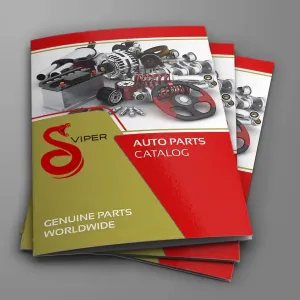
Booklet Catalogs: Why is this Catalog Format so Popular?
Read This Article
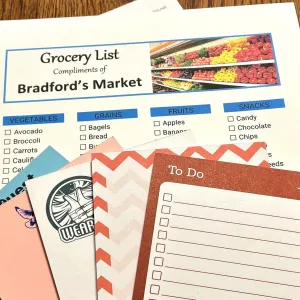
Custom Printed Notepads: Easy and Affordable Marketing Tools
Read This Article
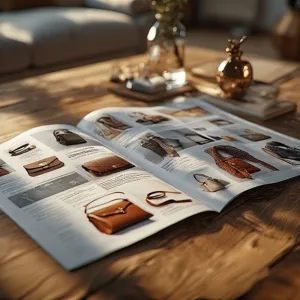
7 Key Advantages Print Marketing has over Digital Marketing
Read This Article
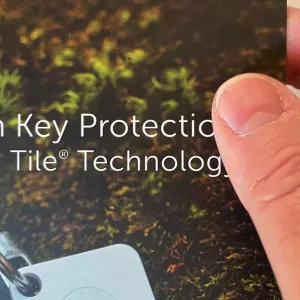
Print Marketing: Exploring the Allure of a Soft Touch Finish
Read This Article